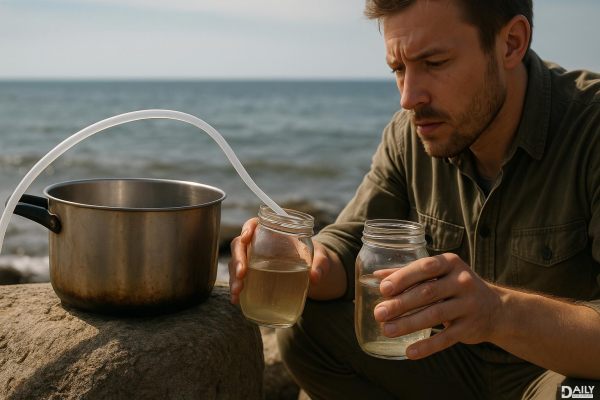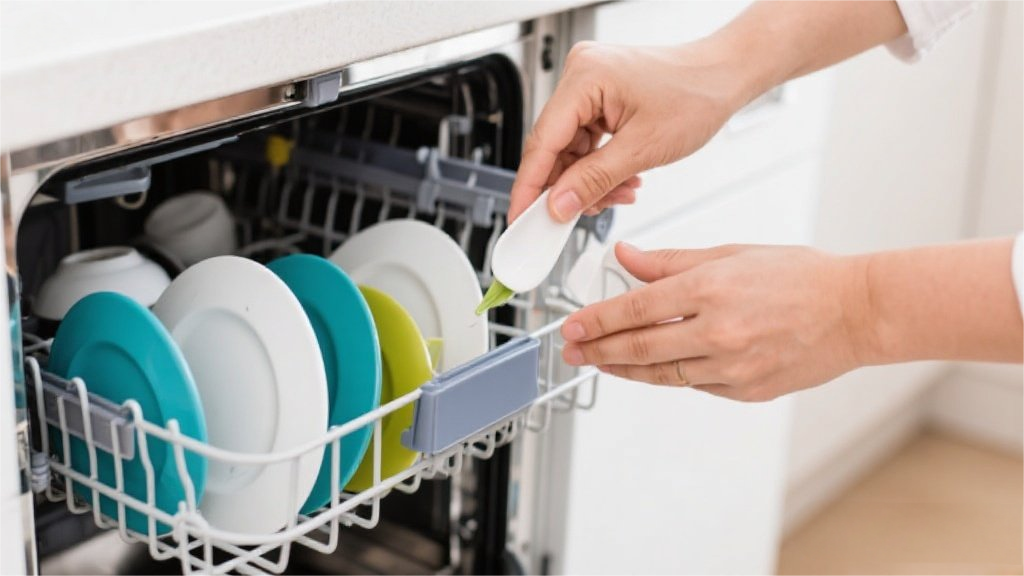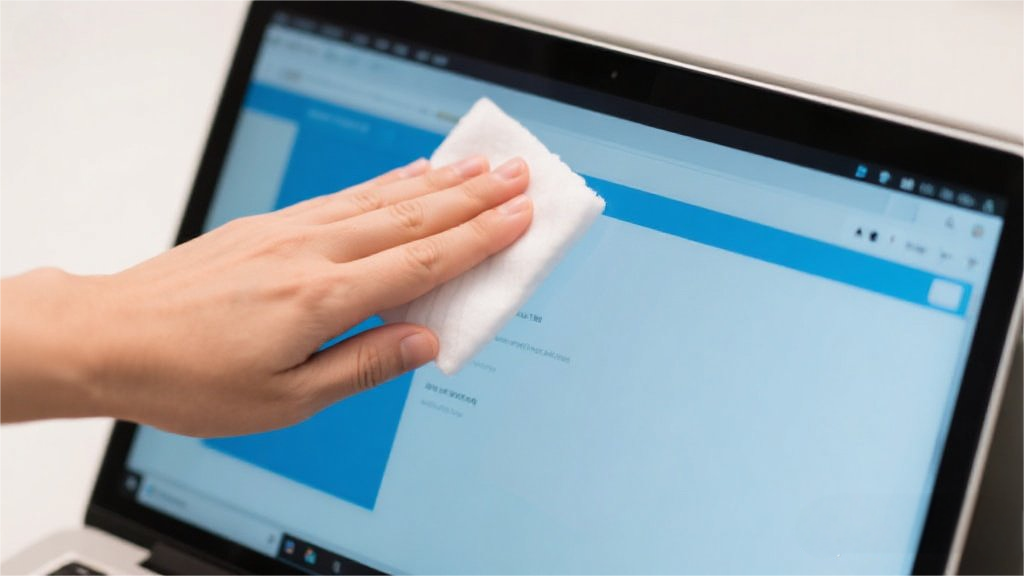Turning salt water into safe drinking water in an emergency is not just a survival hack—it’s a lifesaving skill. Whether you’re stranded on a deserted island or facing a natural disaster, knowing how to desalinate water can mean the difference between dehydration and survival. The process involves removing the salt and impurities from seawater, making it safe to drink. While it might sound like something out of a survival movie, it’s totally doable with the right techniques and a bit of ingenuity.

Desalination is the process of removing salt from seawater to make it drinkable. It’s a concept that’s been around for centuries, but modern methods have made it more efficient. The basic idea is to separate the salt and other minerals from the water molecules. This can be done through evaporation, filtration, or even freezing. The key is to ensure that the end product is free of harmful contaminants and safe for consumption. While large-scale desalination plants use advanced technology, you can achieve similar results with simple tools in an emergency.
One of the easiest ways to desalinate water in a pinch is by creating a solar still. This method uses the sun’s heat to evaporate water, leaving the salt behind. Here’s how it works: Dig a hole in the ground and place a container in the center. Pour seawater into the hole, making sure it doesn’t spill into the container. Cover the hole with a plastic sheet, securing the edges with rocks or sand. Place a small weight (like a pebble) in the center of the sheet, directly above the container. As the sun heats the seawater, it evaporates, condenses on the plastic sheet, and drips into the container as freshwater. It’s slow but effective, and it requires minimal equipment.
Another reliable method is distillation, which involves boiling seawater and collecting the steam. To do this, you’ll need a heat source, a pot, and a way to collect the condensed steam. Fill the pot with seawater and bring it to a boil. As the water evaporates, the steam rises, leaving the salt behind. Use a lid or a piece of plastic to direct the steam into a separate container. As the steam cools, it condenses back into liquid form, producing freshwater. This method is faster than a solar still but requires more equipment and energy.
If you’re in a bind and don’t have access to a heat source, you can try filtering seawater through natural materials. While this won’t remove all the salt, it can reduce the concentration and make the water slightly safer to drink. Start by creating a filter using layers of sand, charcoal, and cloth. Pour the seawater through the filter to remove larger impurities. For better results, combine this method with evaporation or distillation. Keep in mind that this is a temporary solution and shouldn’t be relied upon for long-term use.
Drinking untreated saltwater is a big no-no. The high salt content can lead to dehydration, kidney damage, and even death. When you consume saltwater, your body tries to flush out the excess salt by producing more urine, which can leave you even more dehydrated. That’s why it’s crucial to remove the salt before drinking. Even if you’re desperate, resist the urge to drink seawater directly. Instead, focus on finding or creating a safe source of freshwater.
While you can improvise with what you have, certain tools can make the desalination process easier and more efficient. A heat source, like a camp stove or fire, is essential for boiling water. A pot or container for boiling and collecting water is also necessary. Plastic sheets or tarps can be used for solar stills, and natural materials like sand and charcoal can help with filtration. If you’re planning for emergencies, consider packing a portable desalination device or water purification tablets in your survival kit.
Desalination is just one part of staying hydrated in an emergency. It’s also important to conserve water and avoid activities that cause excessive sweating. Look for alternative sources of water, like rainwater or dew, which don’t require desalination. If you’re in a group, work together to collect and purify water efficiently. Remember, dehydration can set in quickly, so prioritize finding and treating water as soon as possible.
Knowing how to turn salt water into safe drinking water is a game-changer in survival situations. Whether you’re using a solar still, distillation, or improvised filters, the key is to stay calm and resourceful. With the right techniques and a bit of patience, you can ensure you have access to clean drinking water when it matters most. So, the next time you’re near the ocean or planning for emergencies, keep these hacks in mind—they might just save your life.
























